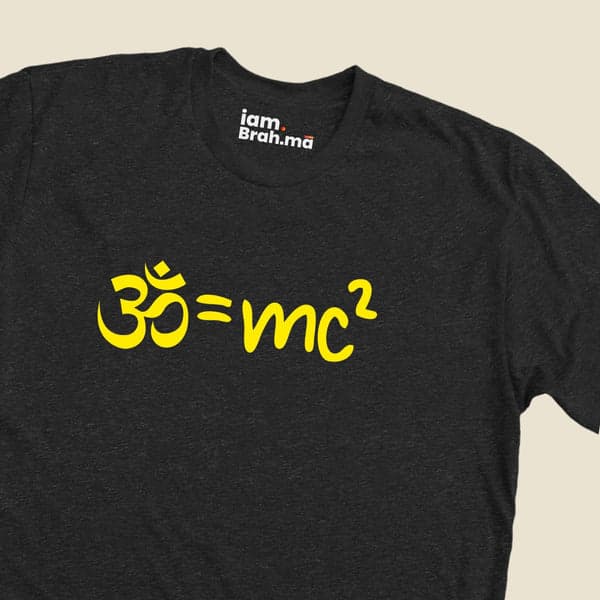Surya Siddhanta: An Ancient Text on Astronomy and Timekeeping
The Surya Siddhanta is a foundational text in Indian astronomy, known for its remarkable insights into celestial phenomena and timekeeping. Dating back to at least the 6th century CE, though likely based on earlier traditions, this text presents sophisticated calculations and theories regarding the motions of celestial bodies, the structure of the universe, and methods for timekeeping.
Information and Other Details

Information on the Discovery
The Surya Siddhanta was first translated into English in the 19th century, opening up a wealth of astronomical knowledge from ancient India to the global scientific community. Its precise calculations of planetary positions, lunar and solar eclipses, and durations of astronomical cycles were of great interest to both historians of science and astronomers.
Story
The text is said to have been revealed to an ancient sage by the Sun God, Surya, hence the name 'Surya Siddhanta' ('Principles of the Sun'). It symbolizes a deep engagement of ancient Indian scholars with the cosmos, striving to understand the celestial order and its relevance to human life and timekeeping.
History of the Discovery
The Surya Siddhanta, as known today, is a text that likely underwent revisions over centuries, with the earliest versions possibly dating back to 400-500 CE. Its comprehensive coverage of astronomical knowledge makes it one of the most important texts in the history of astronomy.
Scriptural References and Its Mentions
While the Surya Siddhanta itself is not a religious scripture, it has been influential in the religious and cultural practices of India, particularly in the calculation of calendars and auspicious dates for various rituals. The text is often referenced in other Indian astronomical works and has been a key source for traditional Indian calendars.
Global Influence/Acceptance
The Surya Siddhanta's influence is evident in the field of historical astronomy and the study of ancient scientific texts. Its insights into planetary motions and timekeeping predate similar discoveries in the Western world, making it a subject of study for understanding the global history of astronomy.
...




